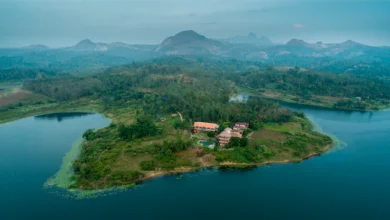The Enigmatic Erdstall Tunnels of Europe: Purpose – Unknown
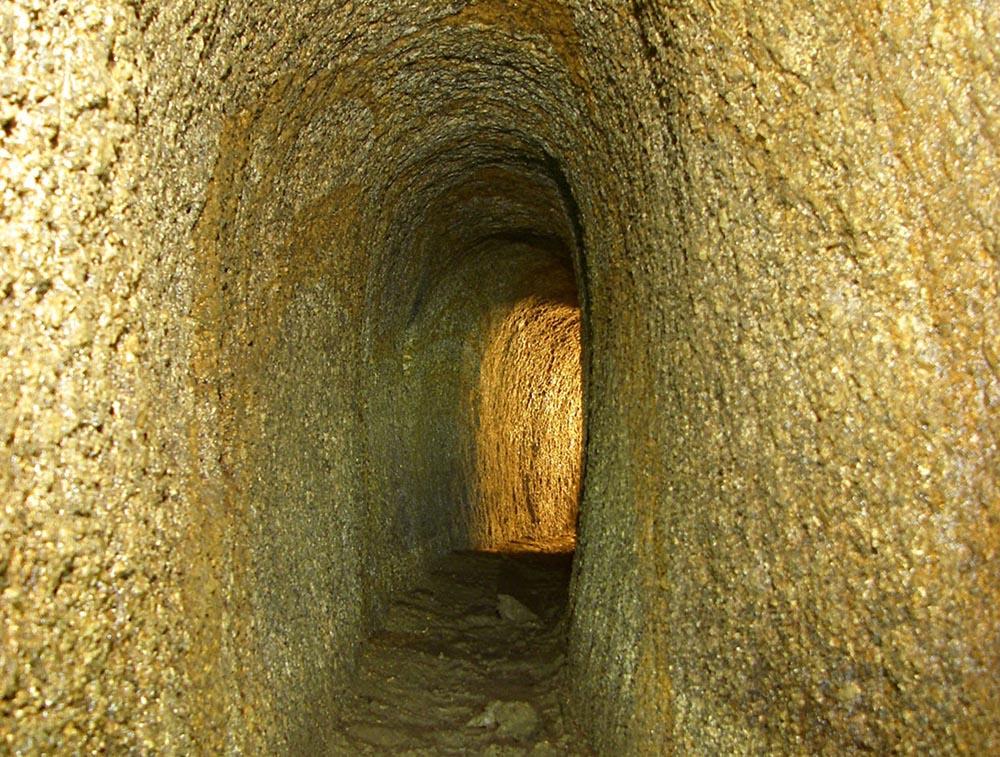
An erdstall is a type of tunnel that is found throughout Europe, mainly in the south-eastern German state of Bavaria and Austria. Erdstalls are thought to have been created during the Middle Ages, though some have claimed that these tunnels date to the Stone Age. At the moment, nobody is entirely certain as to why such features were made in the first place. Those who advocate the idea that the erdstalls date to the Stone Age are of the opinion that these structures are a network of subterranean passages that stretched from Scotland all the way to Turkey.
Construction
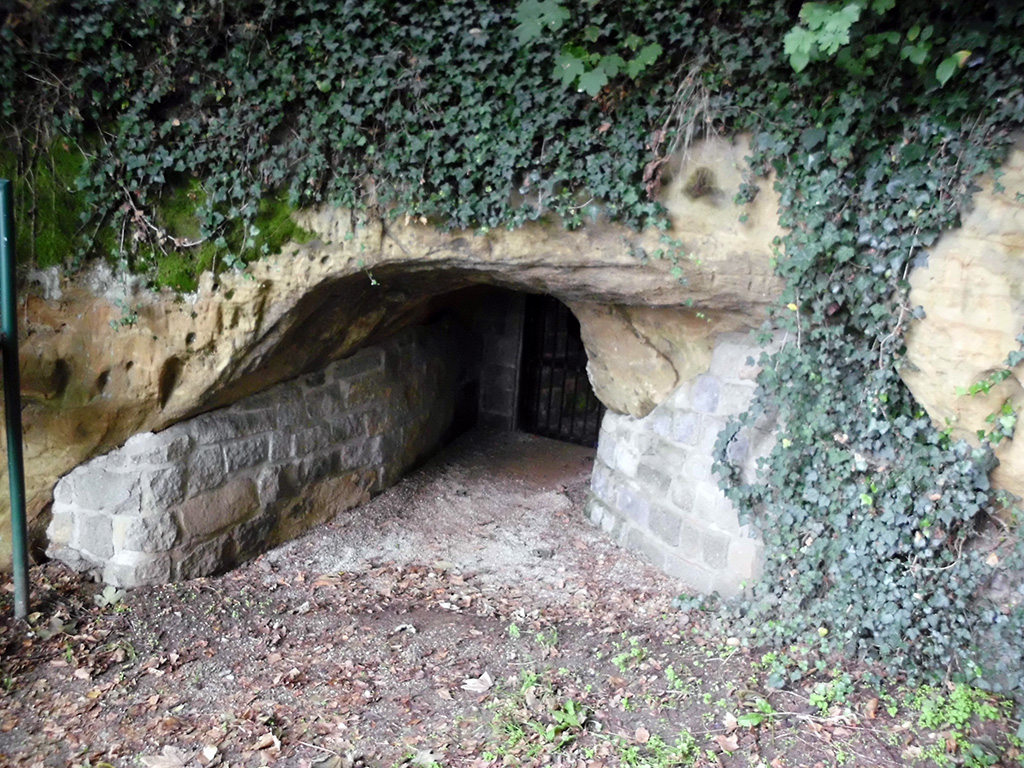
The word ‘erdstall’ is derived from the German language, and may be roughly translated as ‘earth stable’ or ‘mining tunnel’. Whilst various types of underground tunnels are known to exist around the world, erdstalls have certain features that distinguish them from other systems of underground passageways. In general, an erdstall network consists of very low and narrow tunnels that are normally oval in shape, and aligned either vertically or horizontally. It has also been found that these tunnels usually extend over a distance of between 20 and 50 meters. Another unique feature of the erdstall is the ‘schlupf’ (meaning ‘slip out’). These are extremely tight holes (usually around just 40 cm in diameter) that serve as transition points between tunnels situated at different elevations.
Locations
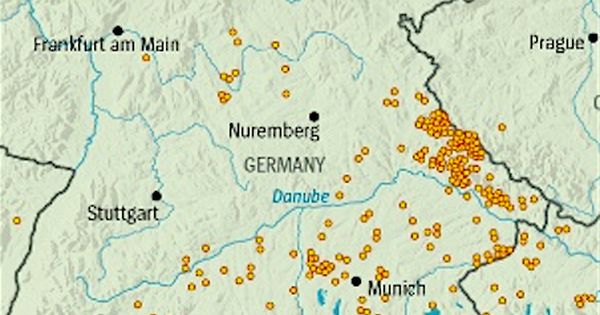
At present, around 2000 erdstalls are known to exist in Europe. The bulk of these may be found in the German state of Bavaria, where at least 700 of these tunnel networks are estimated to exist. In neighbouring Austria, about 500 more erdstalls may be found. Such underground passages have also been found in countries such as the UK and France.
Speculations on their Function
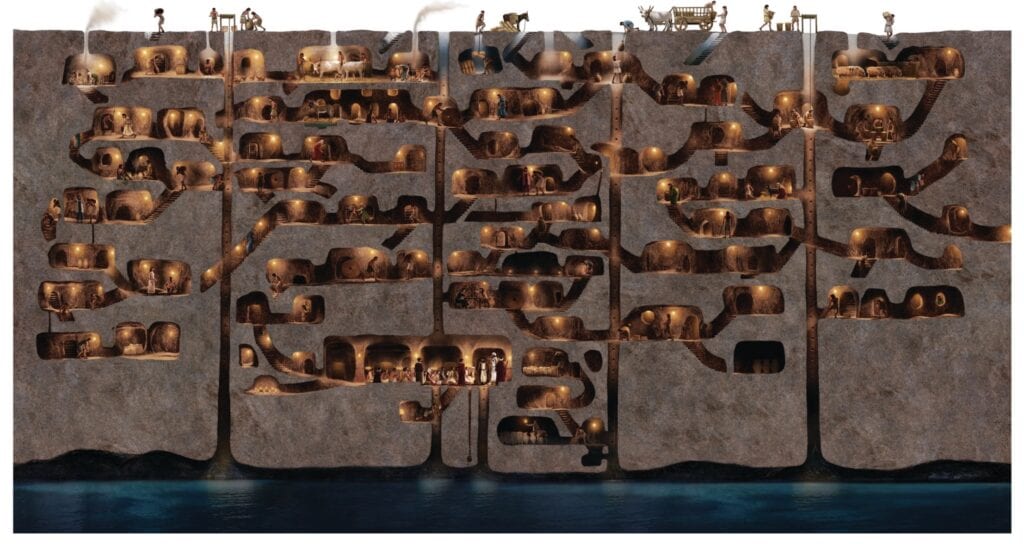
The purpose for which the erdstalls were built is still a great mystery. For some locals, these underground tunnels have been associated with legendary creatures, such as elves or gnomes, who are said to have built them or are believed to live in them. In some places, fancy names have been given to the erdstalls to reflect their association with the local folklore. These include ‘Schrazelloch’ (‘goblin hole’) and ‘Alraunenhöhle’ (‘mandrake cave’). Others have speculated that the erdstalls were connected to castles, and served as secret escape routes, as mentioned in some sagas. The problem with this interpretation, however, is that erdstalls are known to have only one point of entry and exit, which would make them unsuitable for this purpose.
Others have suggested that the tunnels were used as hideouts. The narrowness of these passageways, coupled with the fact that air flow through the tunnels is nearly non-existent (due to the single entry-exit), however, would make it a rather uncomfortable and unpleasant hideout. Another speculation is that the erdstalls were used for storage purposes. Once again, the narrowness of these tunnels makes them impractical for this purpose. In addition, many of the erdstalls lie below the waterline, and are known to be filled with water from time to time, especially during the winter. Therefore, it is unlikely that the erdstalls were used for storage purposes.
One of the most bizarre claims about the erdstalls is that they are part of a vast, interconnected network of subterranean passageways that stretch from Scotland in the west to Turkey in the south. Furthermore, it has been claimed that this underground network dates to the Stone Age, and is 12000 years old, much more ancient than the conventional estimation that they are from the Middle Ages. It has even been stated that these tunnels functioned as a sort of “ancient underground superhighway” that allowed people to travel safely from one place to another, regardless of what was going on above the ground. There are various problems with this theory. For example, whilst there are thousands of erdstalls, they are not in fact connected with each other. Another point is that, whilst large underground cities have been discovered in Turkey’s Cappadocia regions, these are very different to the erdstalls of Europe.

